The Playground of the Gods
Hiking in Hokkaido.
An extract from the Japan magazine - words by Kasra Lang & illustrations by Marina Marcolin
Mount Asahidake, the highest point of this wild island, rose up before me in a great mass of black ash and eternal snow. The volcano hasn’t erupted for 200 years but the smell of sulphur still stings the nose. I stood on the edge of Sugatami Pond, one of many lucid pools that mark this marshland, and watched as the fog thickened around the slopes. The water at my feet was like glass, without crease or wrinkle despite the rain, almost mythical, and I was struck by an urge to kneel and drink from it. I refrained, of course - it would have sooner made me sick than strong - but perhaps I should have, for in the end I would need the courage. A typhoon was coming in from the Pacific and I had five days to walk the crescent spine of the national park before it made landfall over Honshū and climbed the length of Japan towards Hokkaido. At last I tore myself away from the spectral water and set off eastward, my hood pulled low over my eyes.
I passed no one on the way up, moving through slanted plains of crumbling volcanic glass which turned to ash as I climbed higher. Before long everything I could see seemed to reflect back to me in negative, divided between the black earth and a white sky. Indeed the only colour in that monochrome world was the moss growing under the rocks, glowing like green jewels, almost fluorescent as if to compensate. Then, further up still, the mountain broke out into a flush of red and pink, the primordial evidence of vast lava fields and the molten wasteland it had once been.
When I squinted it was as if the earth itself was burning. The summit, when I finally reached it, was exposed to the wind and rain and I did not stop to rest. Instead I scrambled in wide strides down the other side of the treeless mountain, digging my heels into the loose ground. Only the occasional lick of yellow paint marked the onward trail, which soon disappeared beneath a vast snow plain that stretched out into the mist without apparent edge or end. Somebody had attached a rope to lead the way but it too vanished only a few steps ahead. The scene felt like a warning, a border I shouldn’t cross. But I held the rope with both hands and walked out, testing the strength of the ice with every step. Halfway across, with the whole world washed clean of form or feature, unable to see where I had started but with the end not yet in sight, I felt blind and afraid. The only evidence that I was on earth at all was the mud I left trailing across the ice. When I finally reached the other side, I looked back and knew I had crossed a frontier from which I could not return. From then on I would only leave these mountains by walking out of them on the other side.
Shortly before sunset the mountain hut I was looking for emerged from the fog and I lunged impatiently towards its sodden door. Making a space to sleep in the corner of the bare room, I boiled a pot of water for a quick meal, wrung out the sweat and rain from my dripping clothes, and draped them over the rafters. Then I scribbled
Where the hell am I?
into the margins of my damp journal and fell asleep as soon as it was too dark to see.
In the morning, as if in reply to my fevered note, the sun came out, revealing at last where I had spent the night. The shelter was built on the northern crest of a narrow plateau, easy terrain and brilliantly green. Revived by the light, I walked for a few precious hours flanked on one side by cliffs and clouds that masked the depths of the fall and on the other by the surviving snow. I settled into a metronomic stride up and over Mount Chūbetsu, my blood pumping in a paired rhythm. My clothes were finally drying and I was growing confident; it was even sunny enough to burn my ears. But by the afternoon the clouds I had looked down on rose to meet me, and this time, although I did not yet know it, the fog would not lift again.
I slept that night by the shore of a large crater lake. Its water, reflecting the sky and the snow on the slopes, rippled white as milk. During a break in the rain I ate my dinner barefooted on the beach and buried my toes in the sand, hoping to shock them back to life after the afternoon’s numbing tramp through the mud. It half worked, and I went to bed feeling determined and resolute, exhilarated by the wild weather and the presence of mind it demanded of me.
The next morning the fog was thicker than ever, laced once more with black rain. Beneath the shadow of Mount Tomuraushiyama, I heard the sound of a bell - used by walkers in these mountains to warn the bears of one’s approach - and quickened my step towards it. Eventually two silhouettes appeared from the mist. Surprised to find me alone, the two men treated me like a lost lamb and offered me, in true Japanese fashion, almost all the food and water in their pack and even a kit to repair my torn trousers. I knew to refuse - one should never take another hiker’s provisions - but their presence alone comforted me and I prolonged the encounter as much as the language barrier allowed. They were homebound men in a way that I was not, and they knew it too; as I walked away I could feel them watching me, wondering if it was wise to let me leave at all.
I spent the rest of the day following my feet through the valleys, my sense of distance and time distorted by my sightlessness. With nothing of the outside world to stir the mind, my thoughts increasingly turned inwards, and I repeated the three Bashō poems I knew like a prayer. The land, shorn of its detail, seemed to echo the very essence of his haikus: austere and exact, giving me no more and no less than I needed. In other ways it was the physical manifestation of a Zen kōan, designed to provoke doubt in the whole enterprise. In that it succeeded; it was getting harder and harder to tease out meaning from that shrinking world. “Walking”, Rebecca Solnit wrote,
“is how the body measures itself against the earth.”
But what am I to do when the earth itself is hidden? And what if my body, denied the anchor of the horizon line, begins to vanish too?
By the afternoon I had run out of water, the streams that my map promised having never materialised. I paced on through the thicket and gathering storm, shouting now and then to alert the bears, continuing long into the first hour of darkness. When I could walk no further I found a small patch of flat earth softened by the rain and set up my tent. I ate a couple of oat bars to placate my hunger and tried to fall asleep quickly to forget my thirst.
With the dawn came a pounding headache. I sipped all the dew I could from the morning leaves and set off gingerly into the dull light. After an hour I reached a swollen stream and drank several litres squatting on my heels in the orange mud. To the southwest loomed Mount Oputateshike and I had no choice but to climb it; the path offered no shortcuts and to forge one of my own would have been suicide.
As I left the valley’s protection the wind grew so strong that I had to turn my back to it simply to breathe and soon it took all of my waning strength to walk at all. Every gust threw me sideways, whipping flints of ice into my face. The steep hairpin trail, littered with flaking pumice rocks, disintegrated beneath my feet. As I climbed higher the wind grew angrier still and it suddenly caught the rain cover of my pack like a sail and flung me backwards, sweeping my legs from under me. I heard the sound of something snapping: my walking stick, hanging in half, had broken my fall. I watched my rain cover fly away down the mountain, like a kite I would never see again. I don’t know how much time passed before I reached the peak. But there, instead of coiling downhill as I had hoped, the trail followed the ridge of the mountain. Parts of it were no more than a yard across, sinking into nothingness on either side. One wrong step would be my end. I had no choice but to fall to the ground, breathing heavily with my cheek in the mud, and crawl like a soldier from cover to cover. My naked pack, acting now as a sponge for the rain, felt like a boot pressed against my spine and I had to use all my experience to fight my rising panic. Don’t stop, I thought.
Don’t stop.
The full version of this article appears in Lodestars Anthology Japan.
The New Zealand Magazine
Introducing the Lodestars Anthology New Zealand magazine. Prepare to pack your bags ...
We are pleased to announce that our ocean, wilderness, adventure, design, food, art and wine filled New Zealand magazine will be arriving back from the printers later this week - which means that everyone who pre-ordered with have their little bundle of printed wanderlust sent out to them over the weekend. We can't wait to share our latest project with you - the work of many wonderful writers, photographers and illustrators from across the globe. In the magazine we chat to chef Peter Gordon and actor/wine maker Sam Neill, kayak around Abel Tasman National Park, sip wine in Nelson, cycle from the alps to the sea, discover the food and beaches of Auckland, find the perfect cup of coffee in Wellington, encounter Kiwis on Stewart Island, seek out calm corners shrouded in history, learn to be mindful, sleep in luxury under the stars, tackle the Great Walks, return home and get swept up in Queenstown's calm - and that's just a few of the adventures found upon our pages!

You can order your copy (as well as back issues and subscriptions) by clicking here. For now, here is a sneak peak of some of our New Zealand pages - happy reading (and travelling too)!


"We ventured inland across the Alps, through the beech forests and rugged schist ravines of the Haast Pass - once an ancient Māori greenstone trail - emerging into what appeared to be an entirely different country."
.

"Not only do artisans and small-batch producers buy each other’s work, they often trade goods based on what’s available. Art for firewood. Jam for flour."

"There really is no place like home. I’d just had to go to the other side of the world and back to get here."



"Ideal for anyone yearning to go off-grid, parts of Fiordland have never encountered a human visitor - but perhaps that’s where its beauty lies, in its inaccessibility."

"This is a beach for solitude, for long walks, and for washing the city away; where heartache and hustle are given up to the waves."


In Iceland - the Water and the Sky
Photographs by Tom Bunning In winter our thoughts turn to candlelit rooms and warming fires. But Tom Bunning's photography reminds us that the cold comes in many guises and draws our gaze to Icelandic landscapes - the waterfalls, the birds wheeling under eggshell blue skies and the endless snowbound vistas. Be warned though, if you venture out into the cold, you may not come back again...
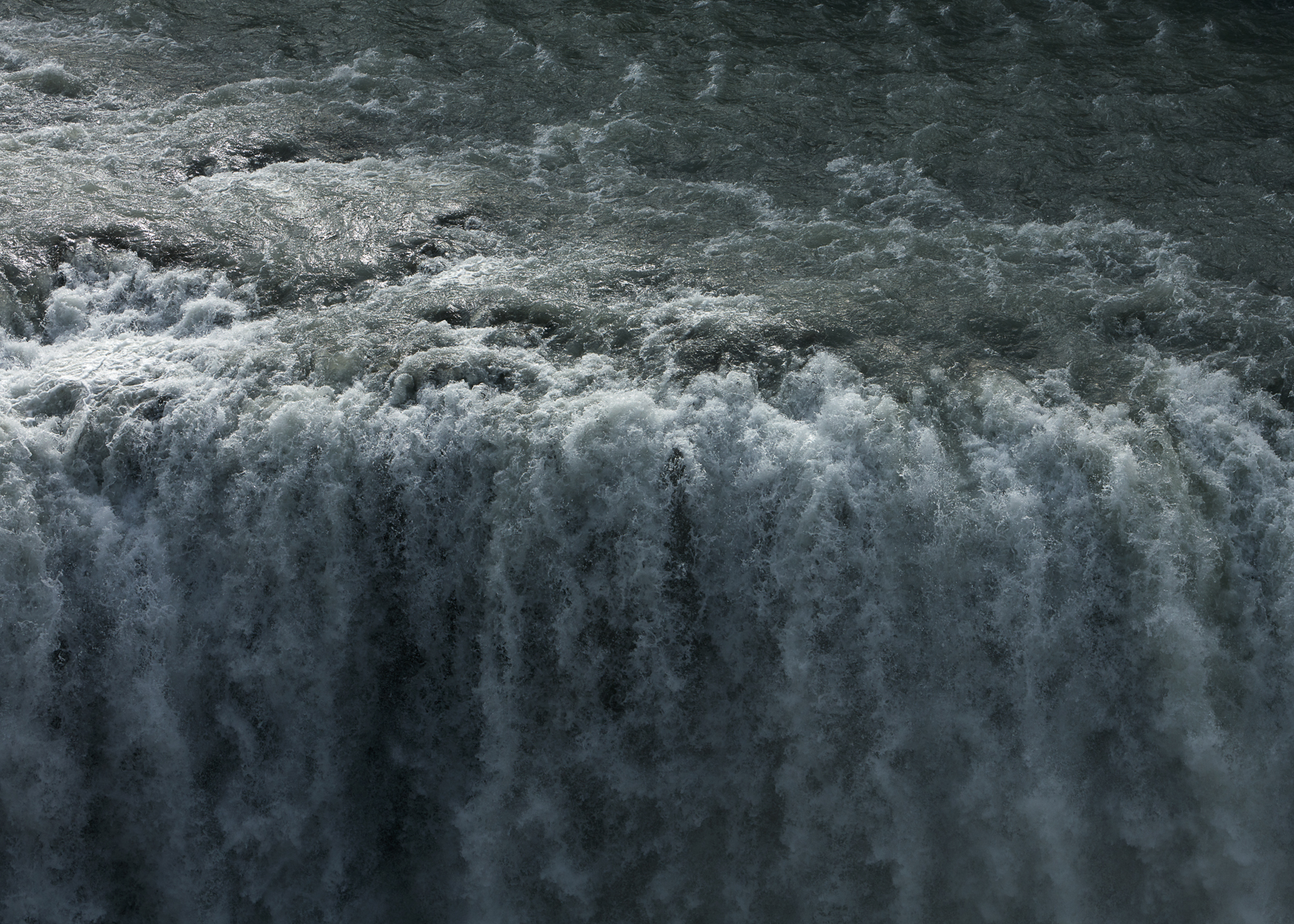
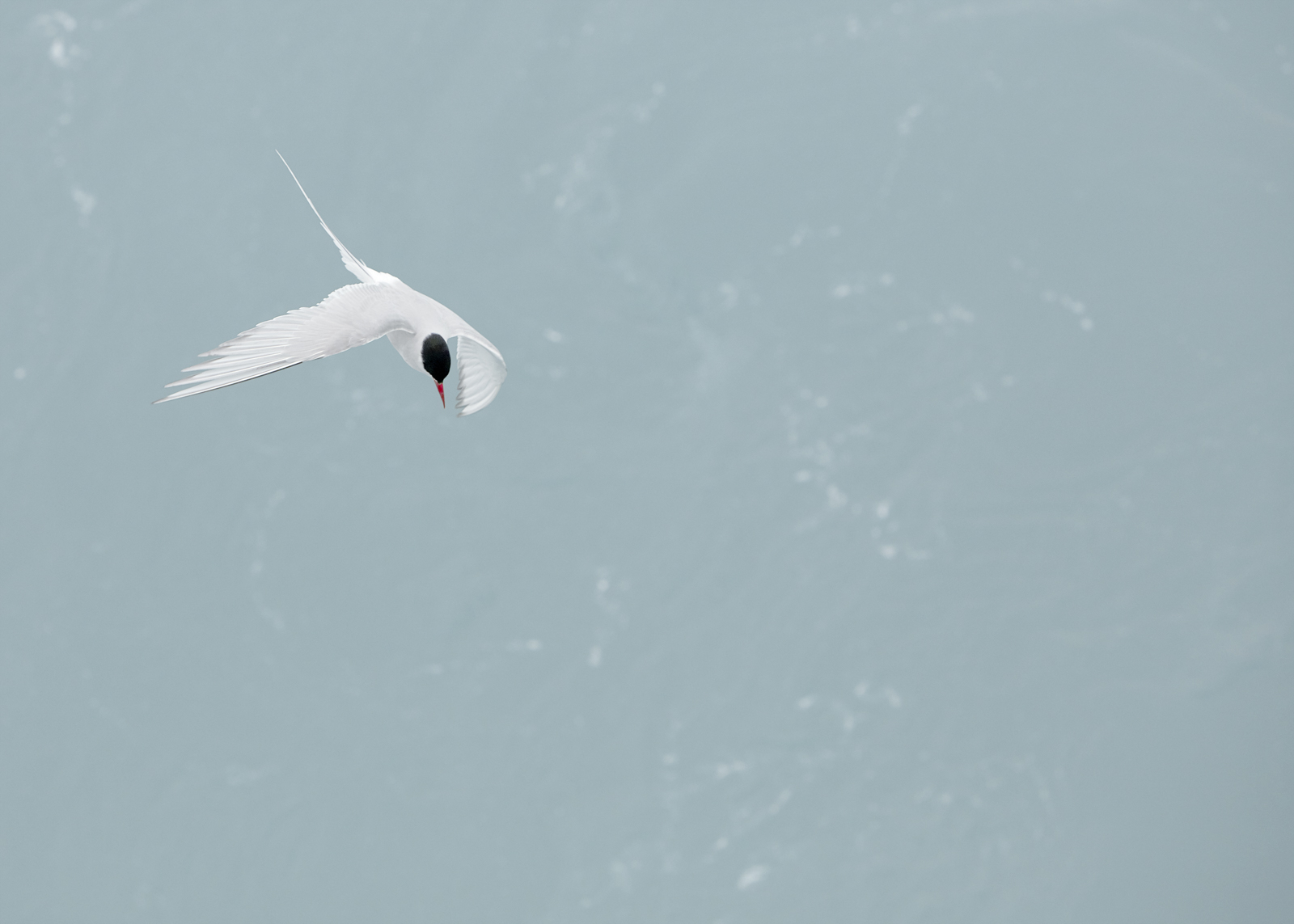
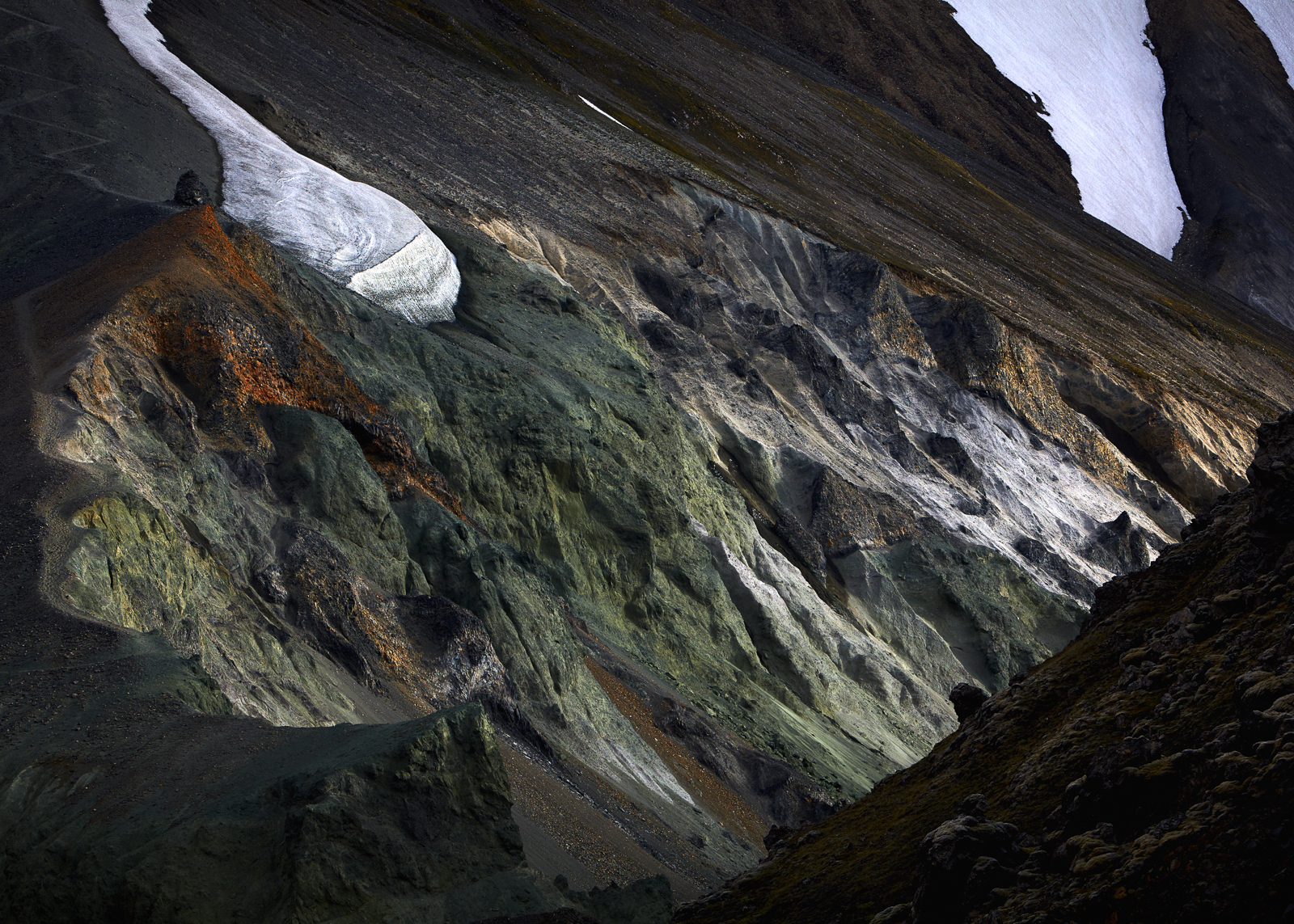
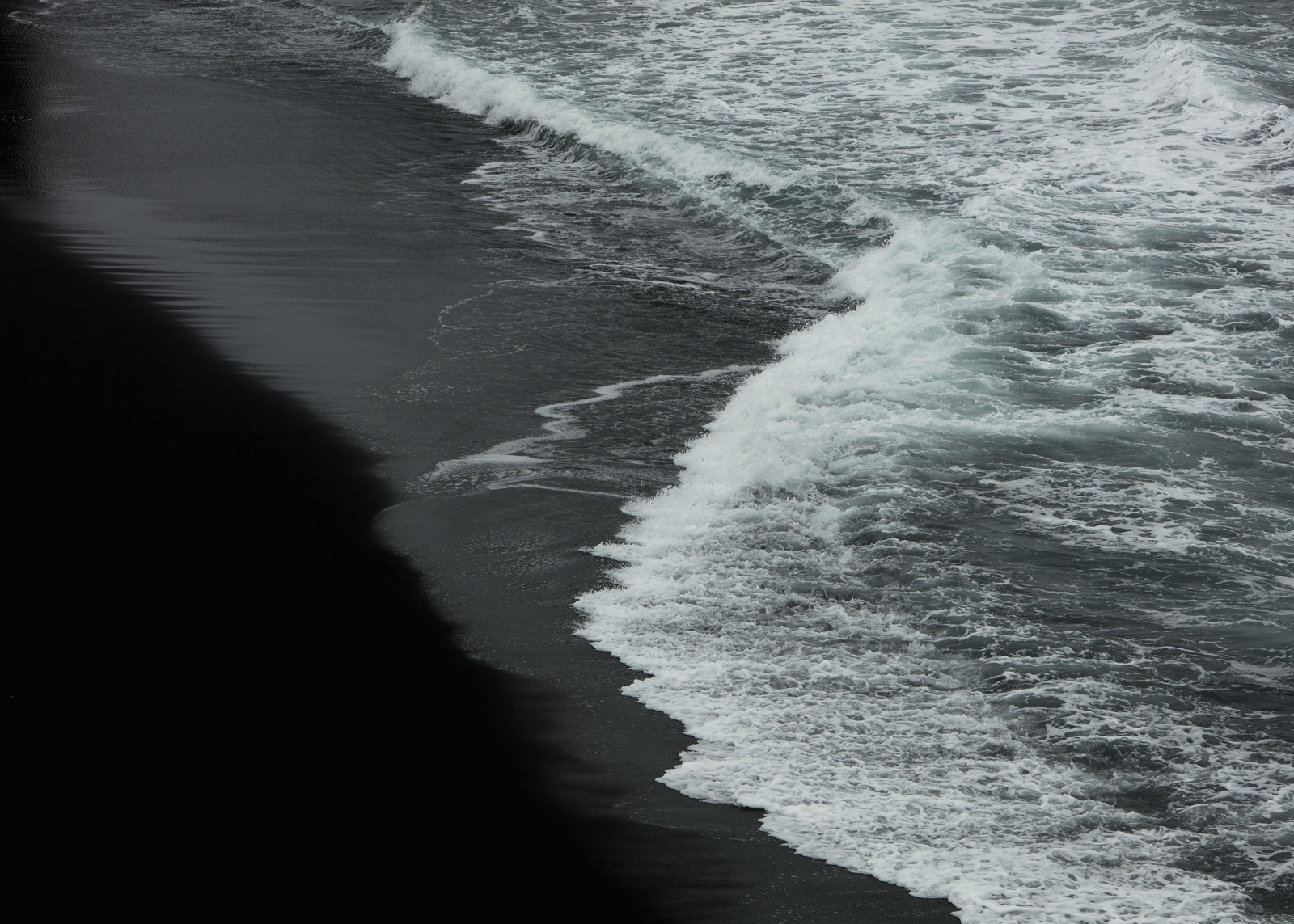

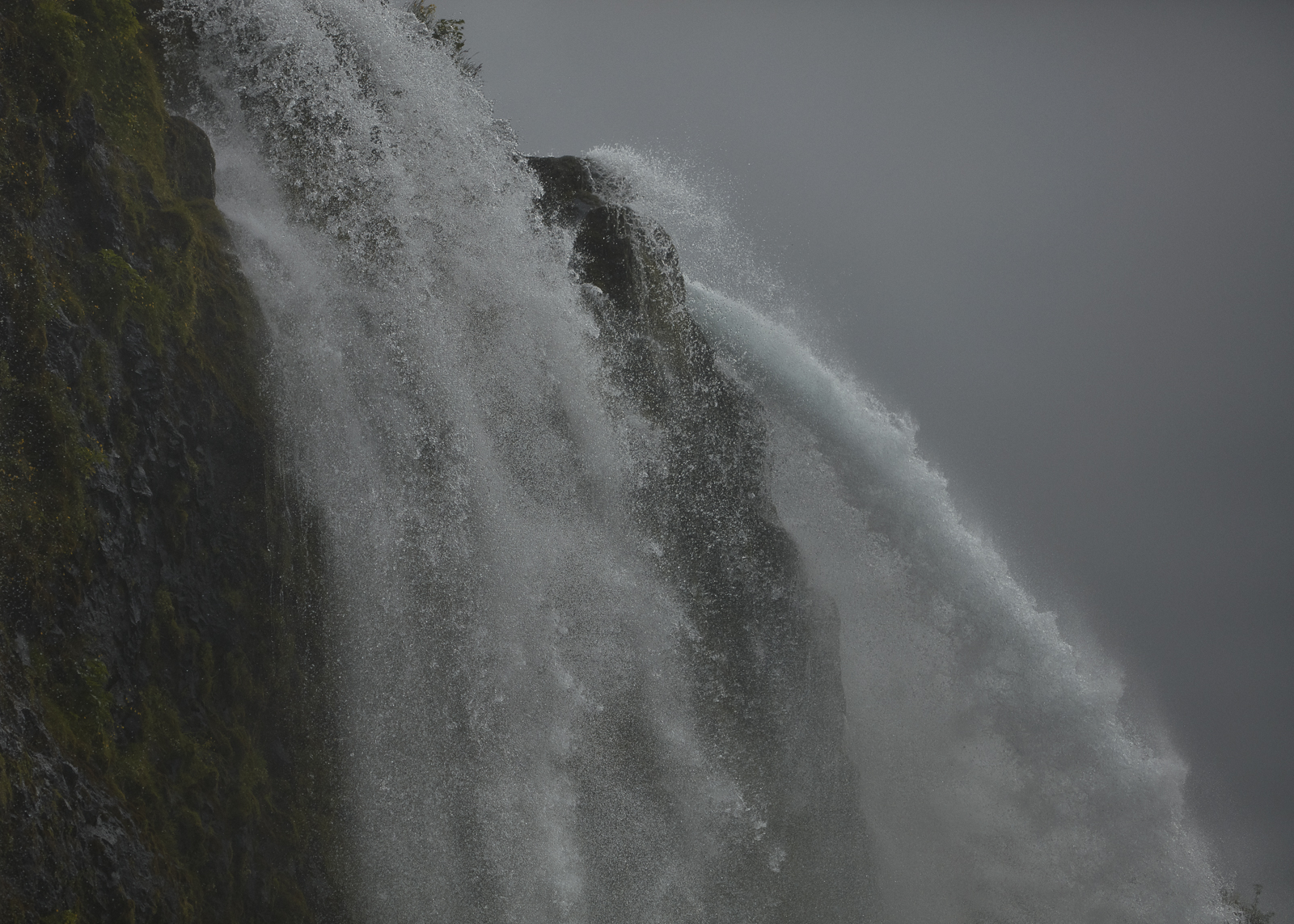
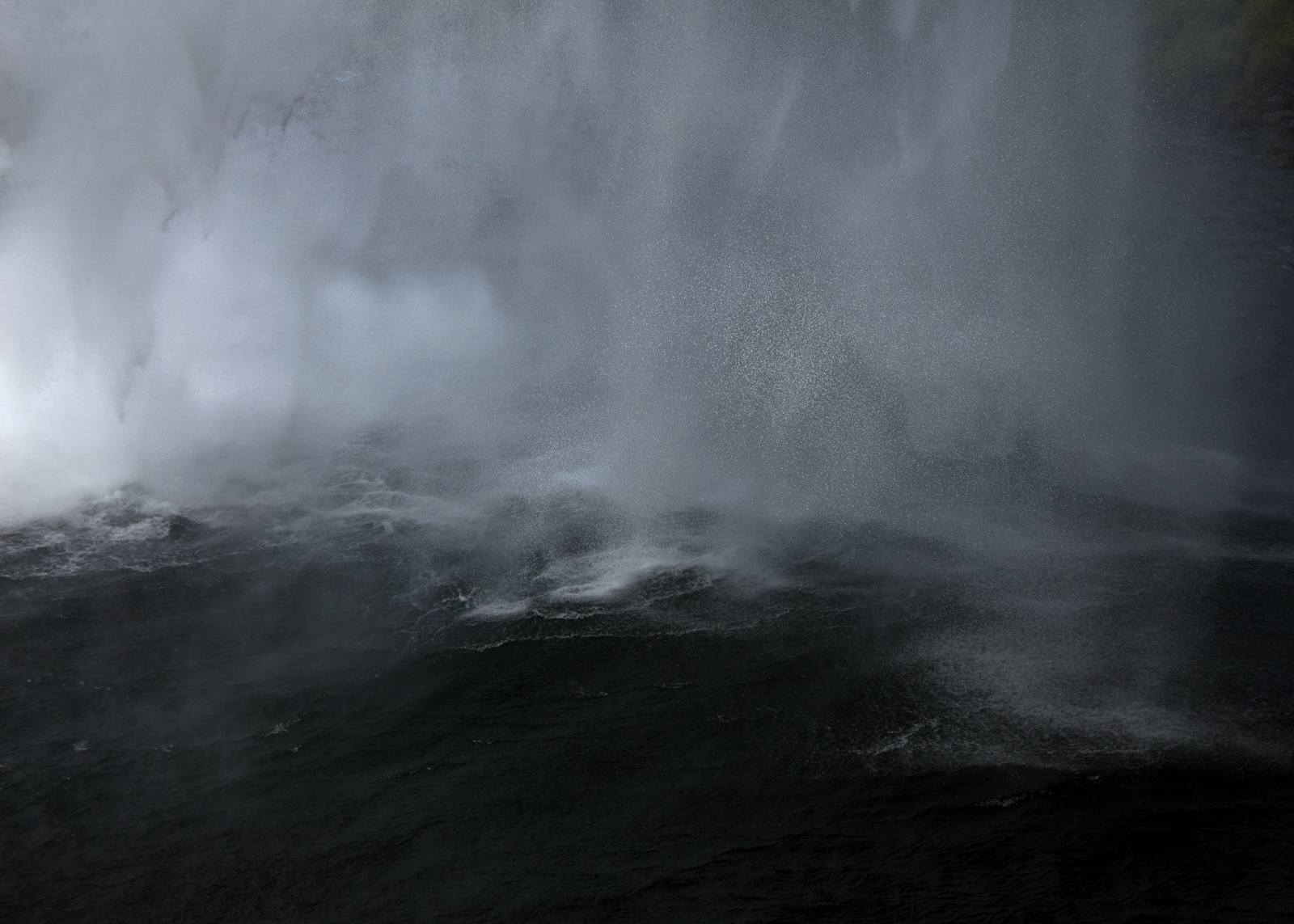
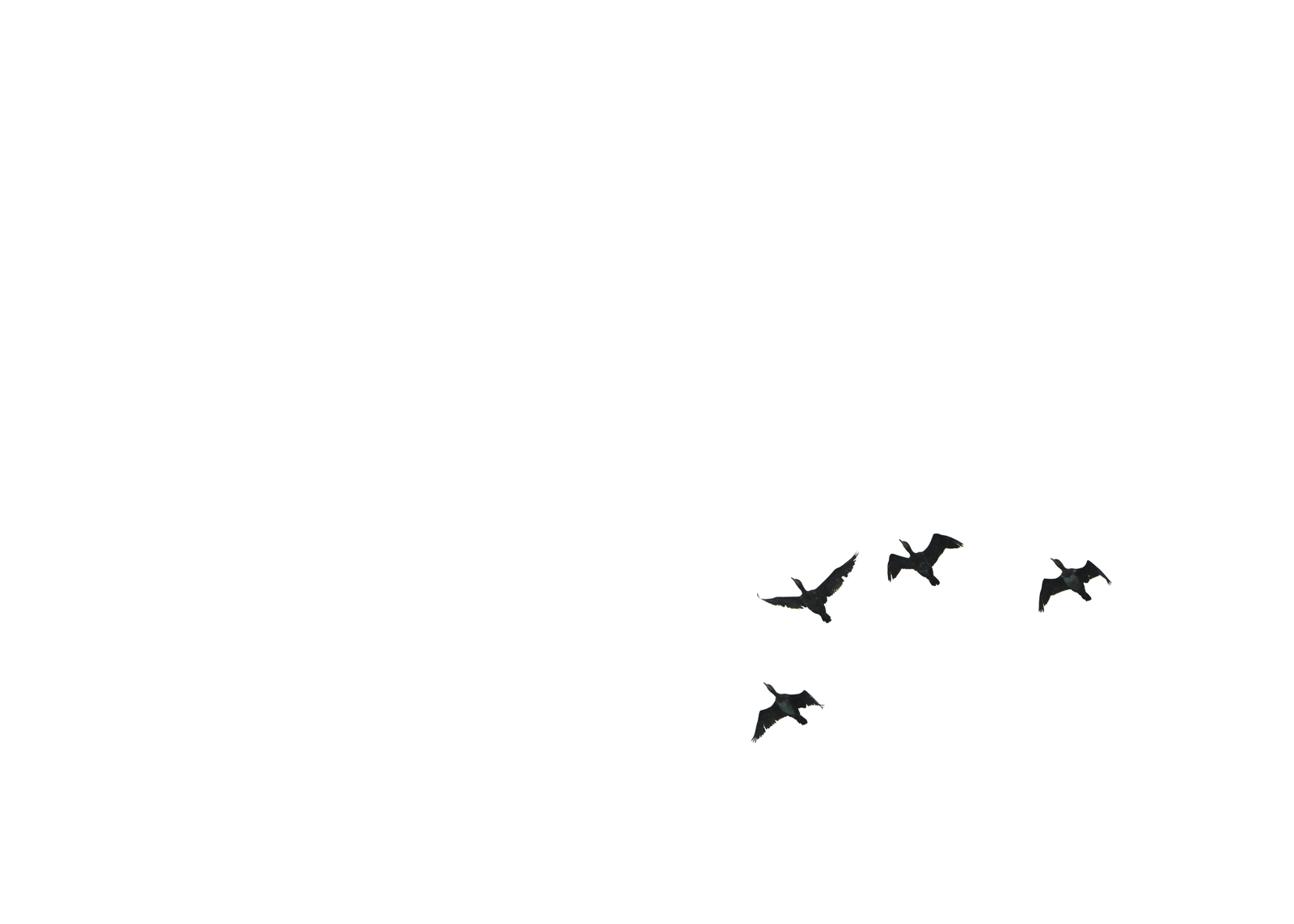
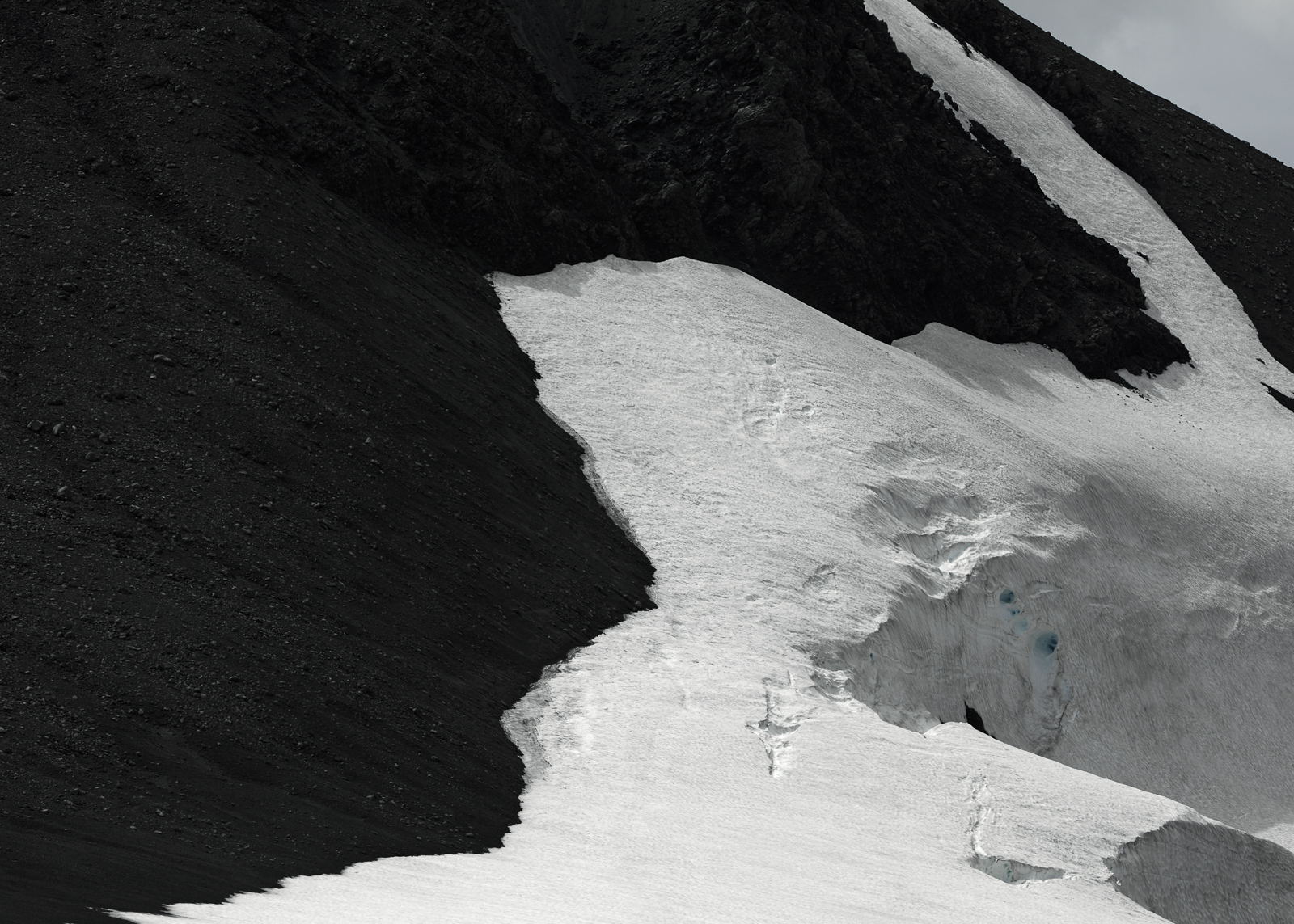
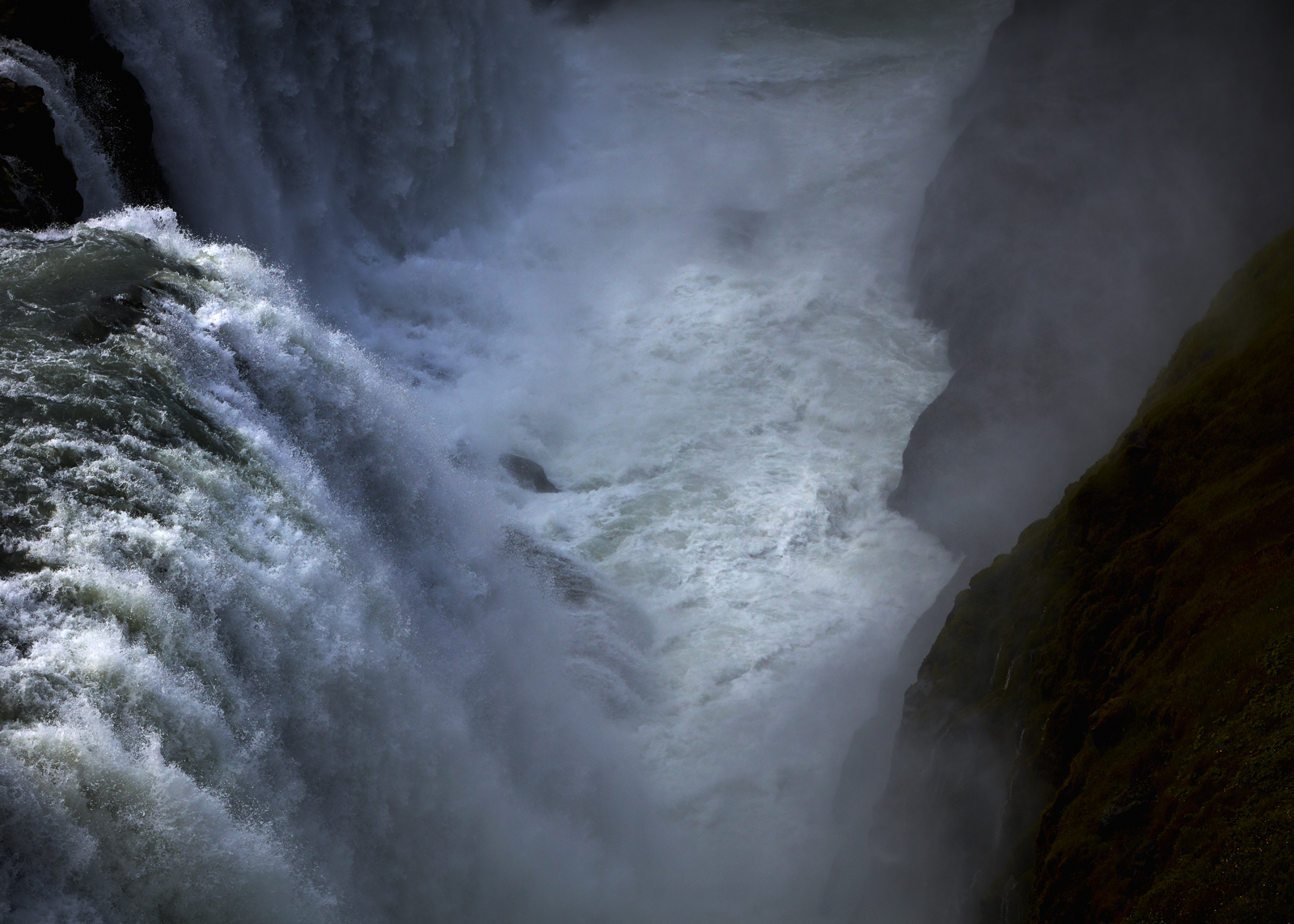

Nikoi Island
Flying from Australia back to London we had wanted to break up the trip by having a week to recharge and plan for the year ahead. Within easy reach of Singapore, and only eight kilometres from Bintan, Nikoi Island seemed to be the perfect option for us. A private island, 15 hectares in size, we stayed in one of the 15 beach houses that all sit facing the water.
Often most content just lounging downstairs in our beach house reading, we almost felt guilty for not taking up some of the activities that were on offer - such as snorkelling, sailing or a rainforest walk. For a week we enjoyed barefoot luxury and witnessed local fisherman on their boats under soft pink sunsets. We were a little sad to leave but grateful to feel relaxed and recharged for the year ahead.
Photographs by magazine contributor Renae Smith.
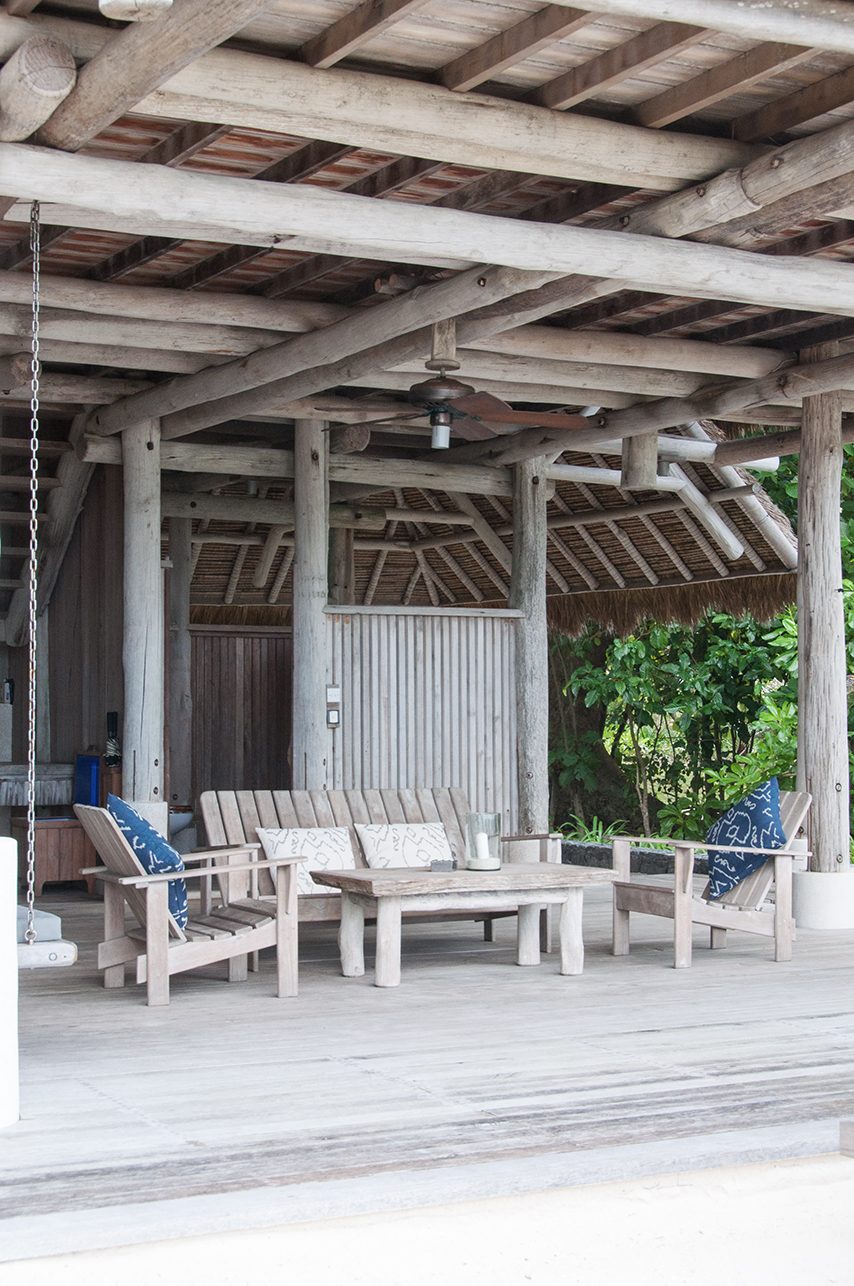
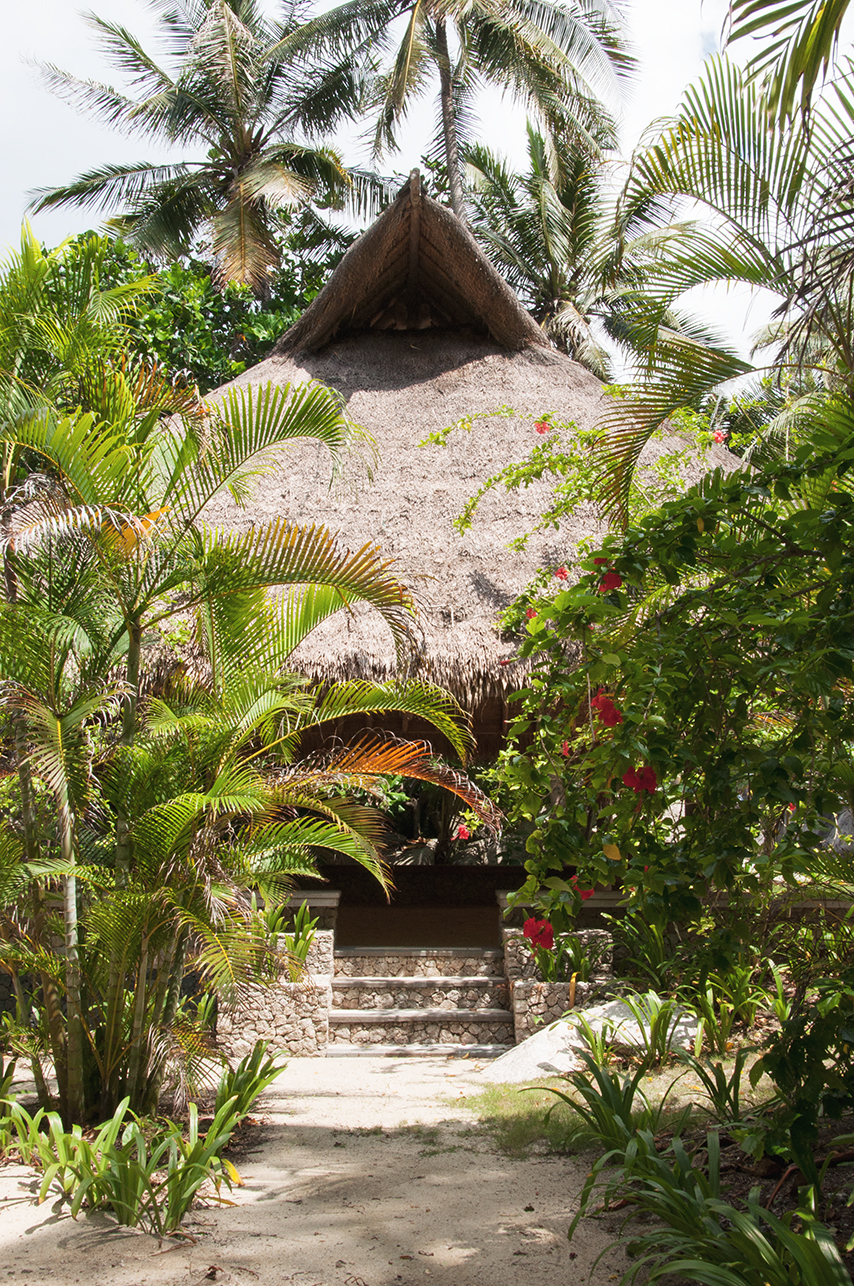
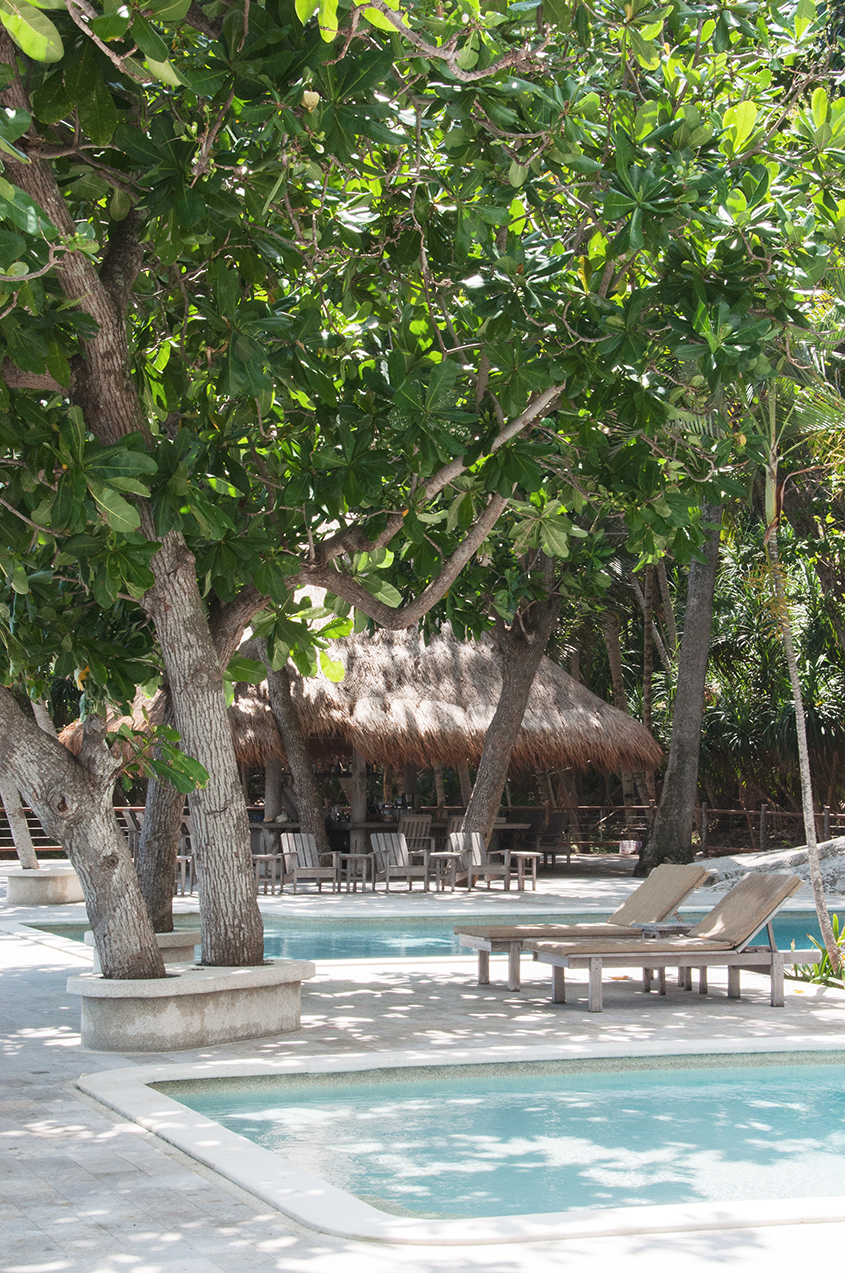
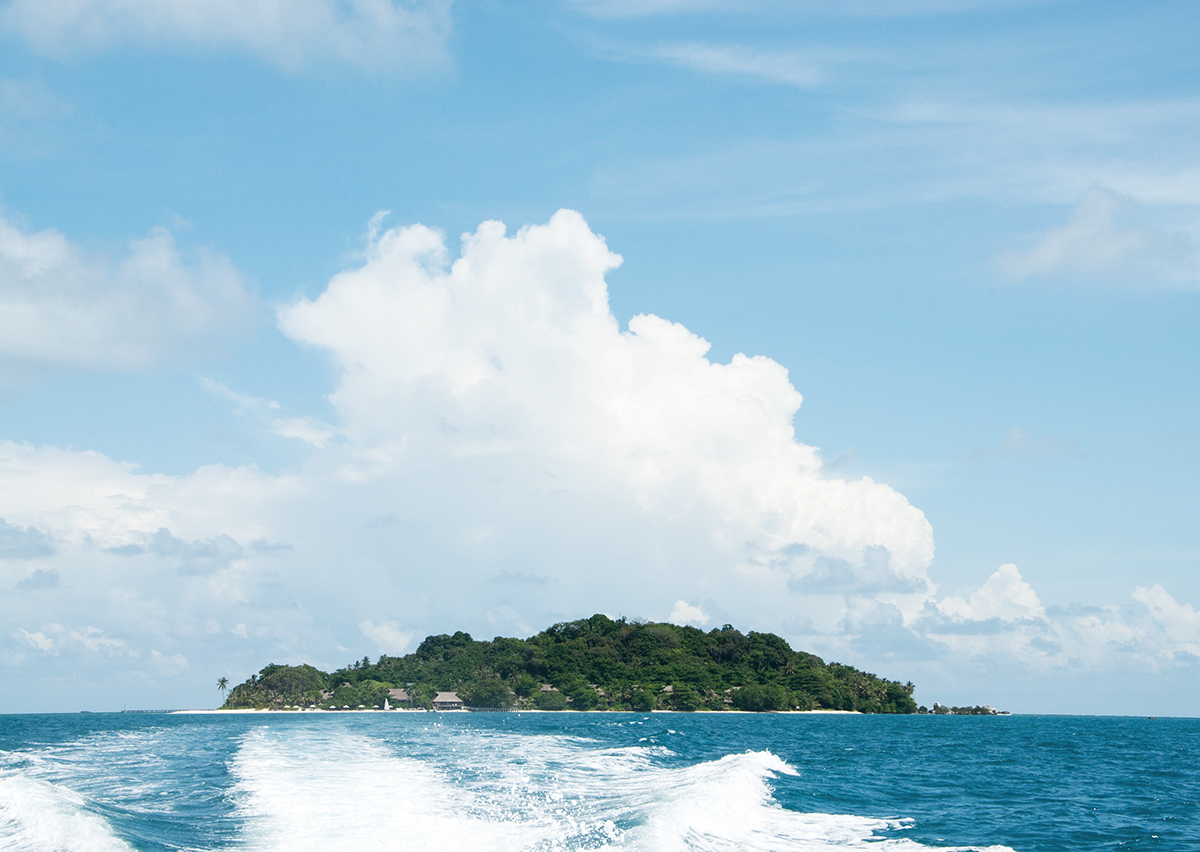
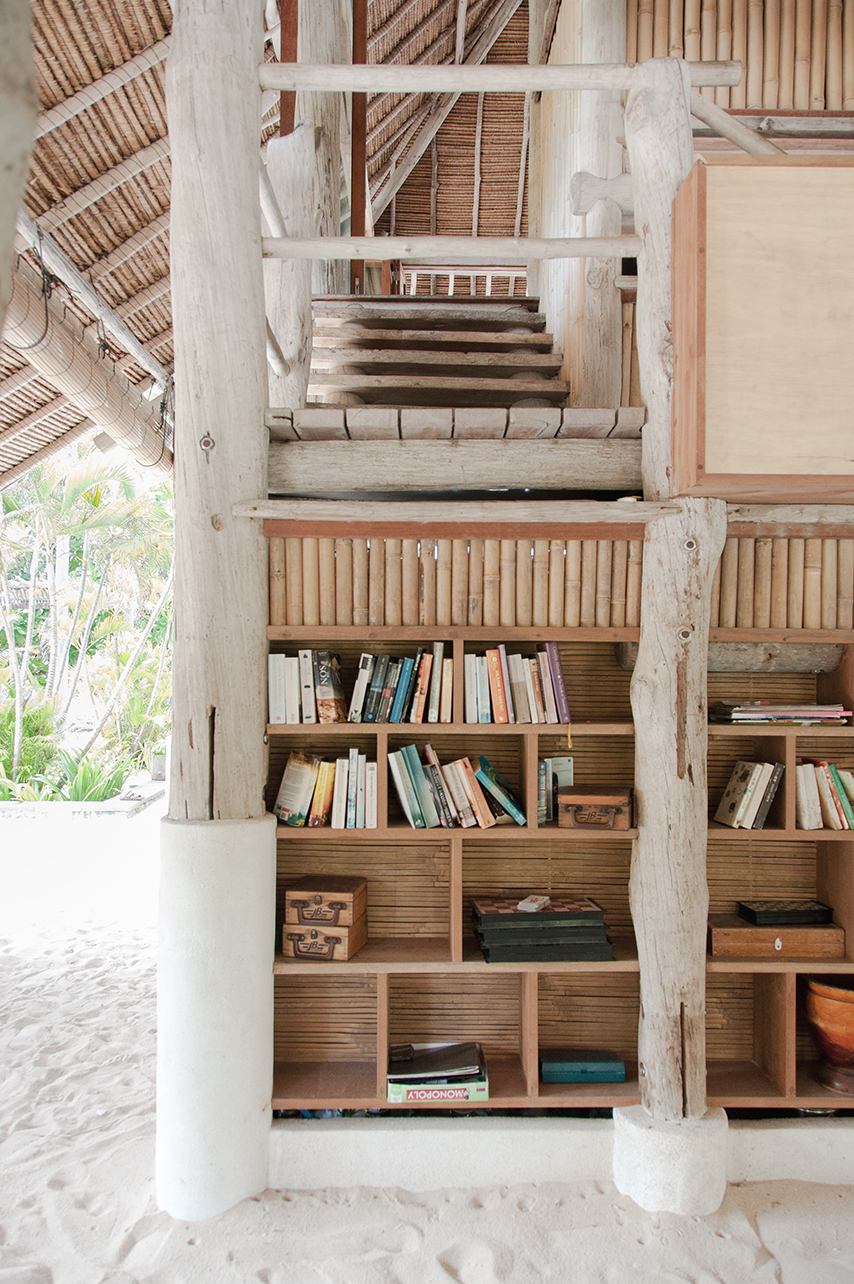
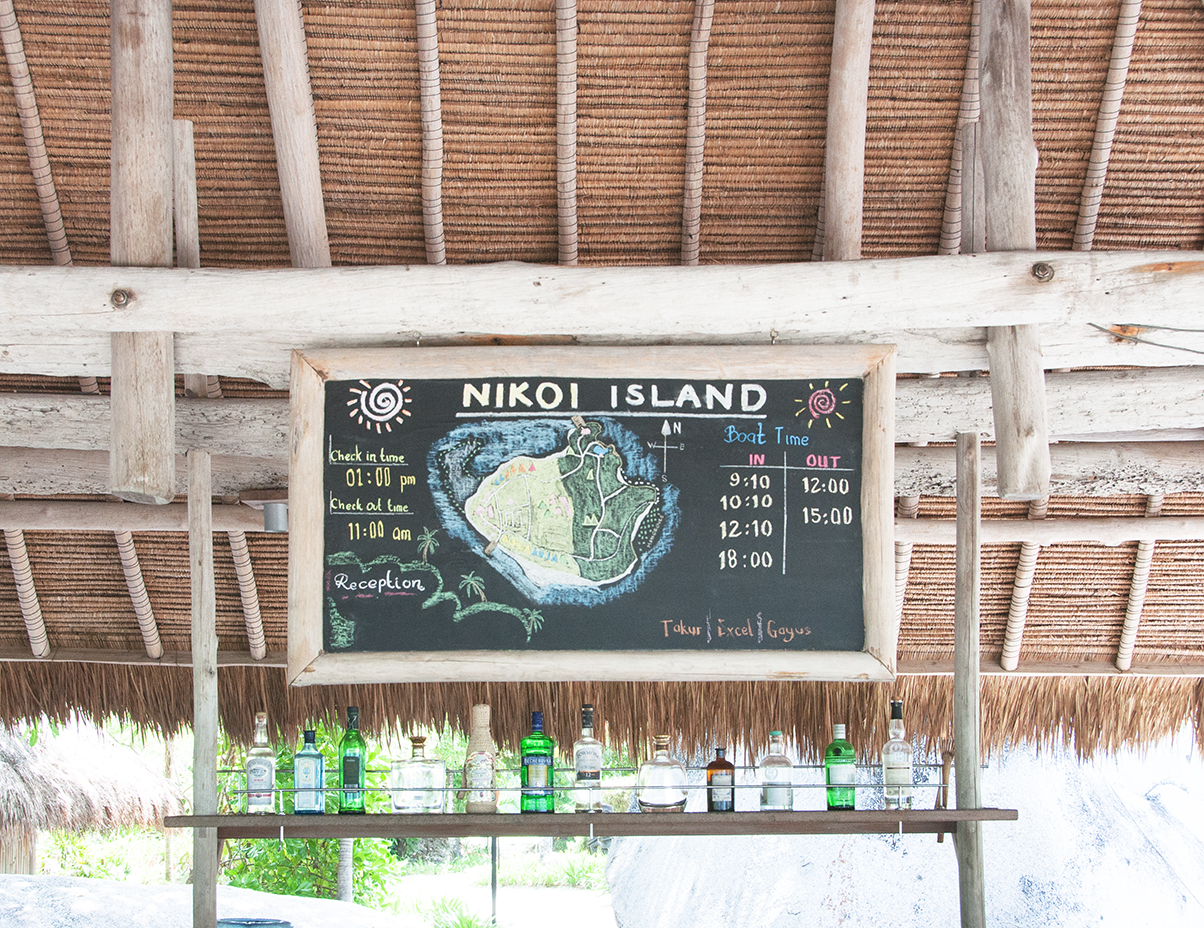
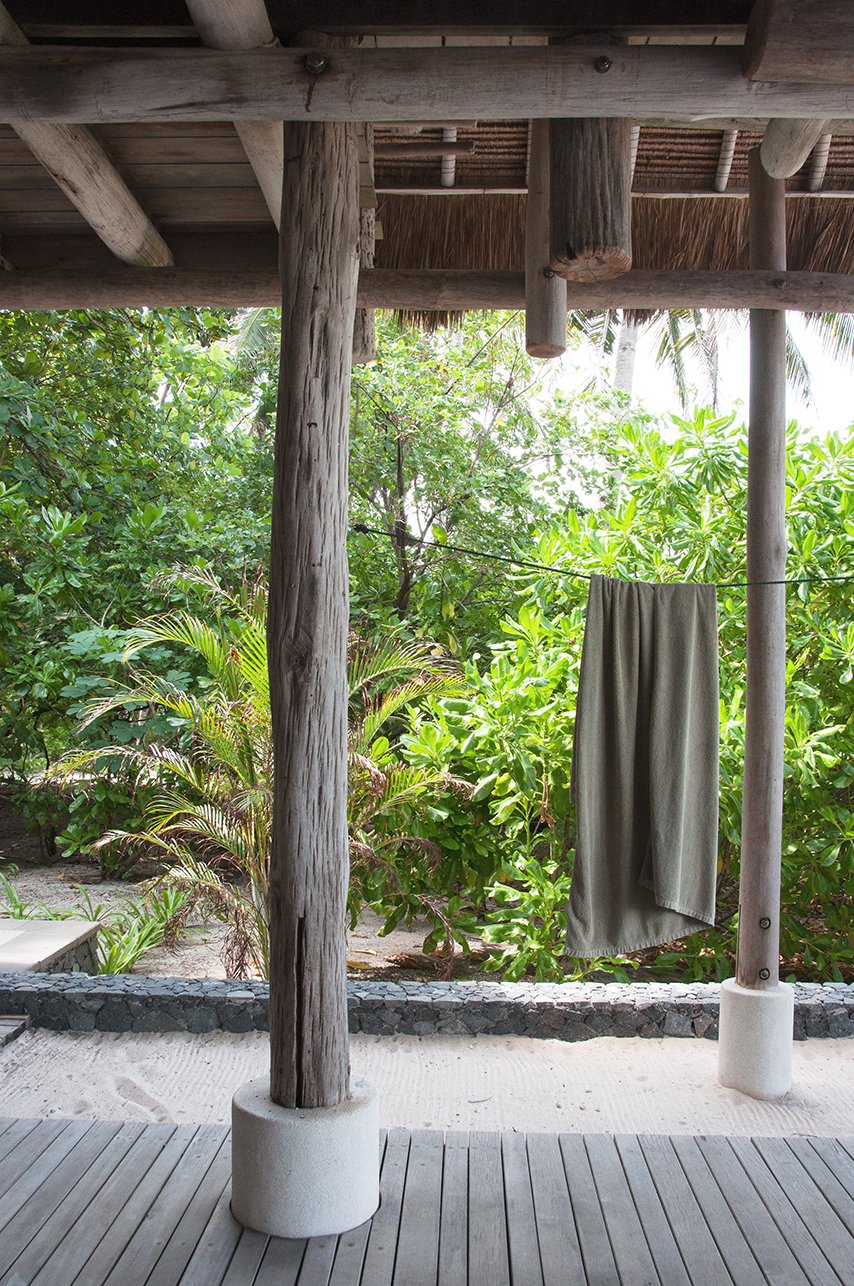
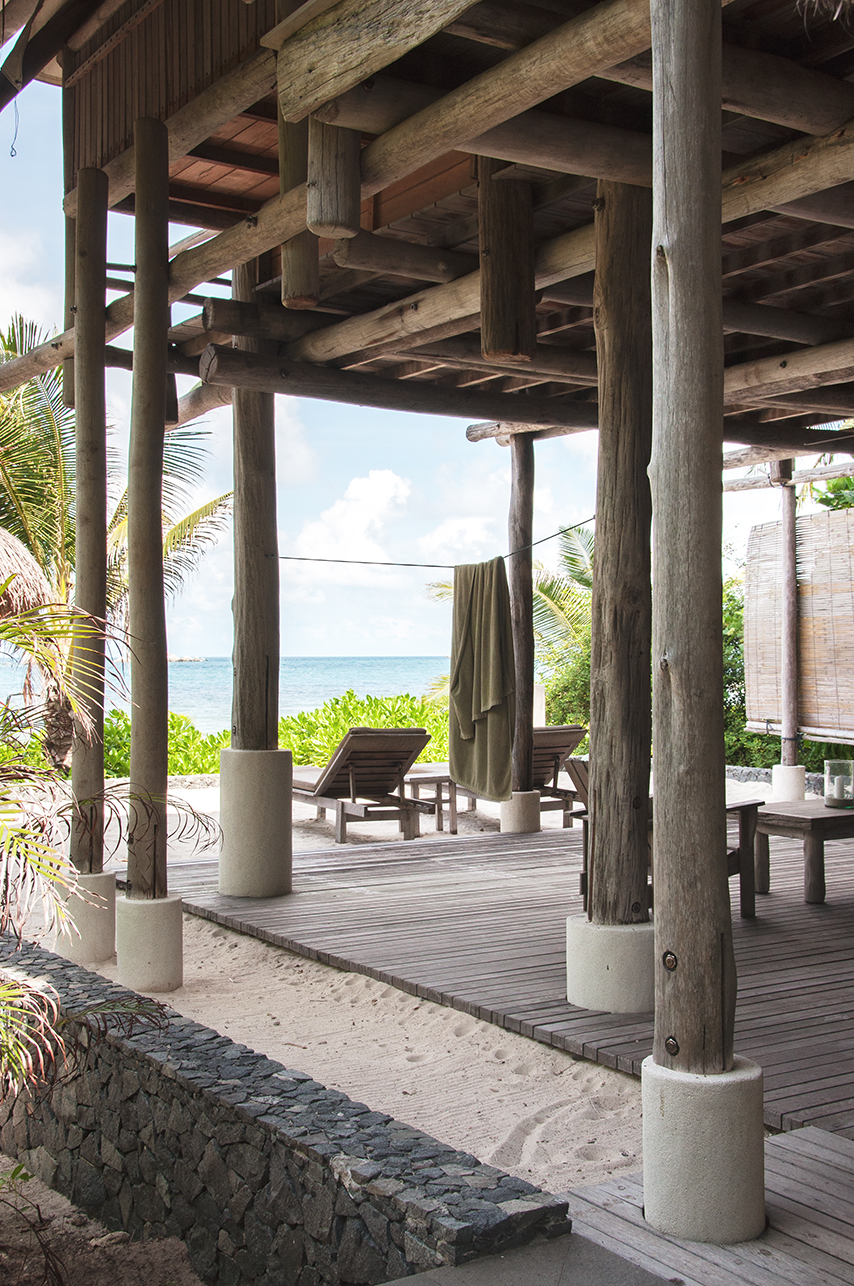
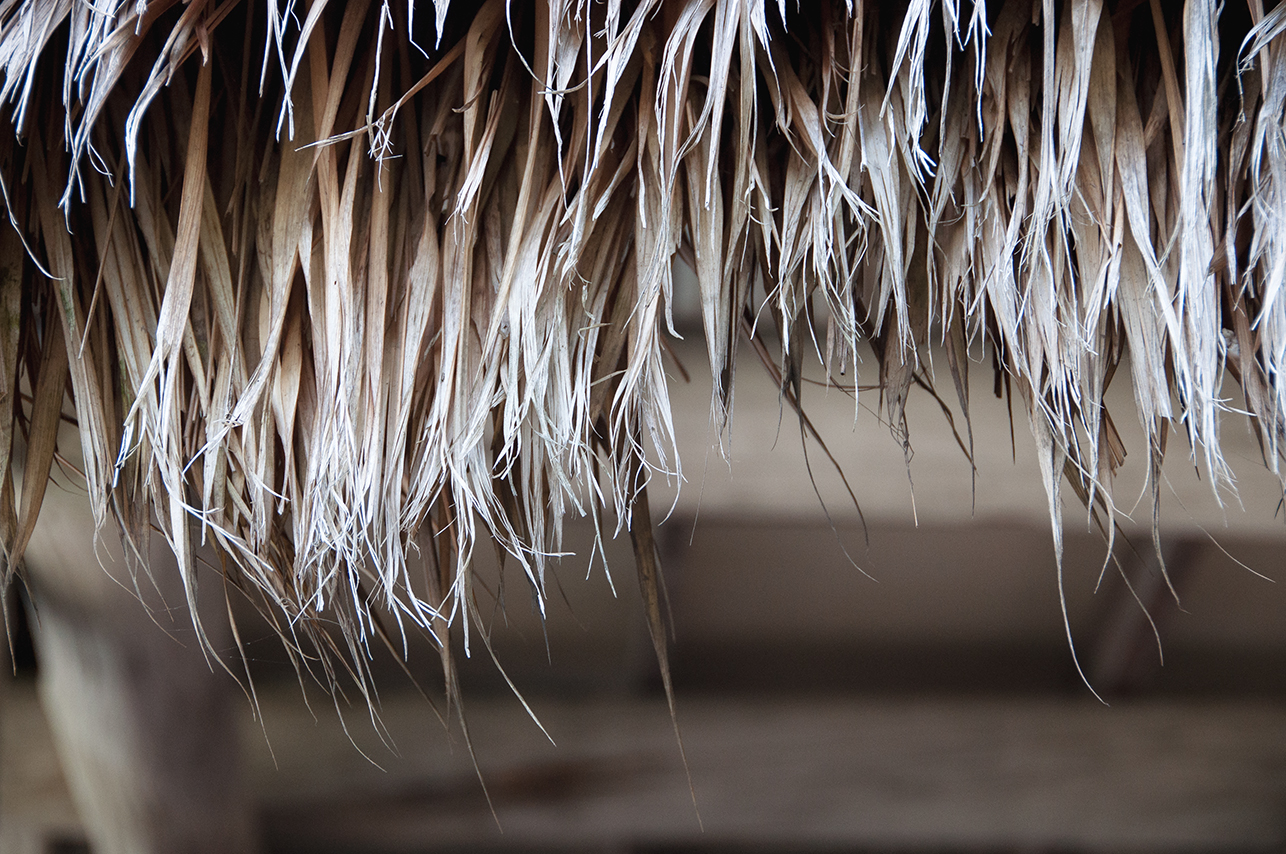
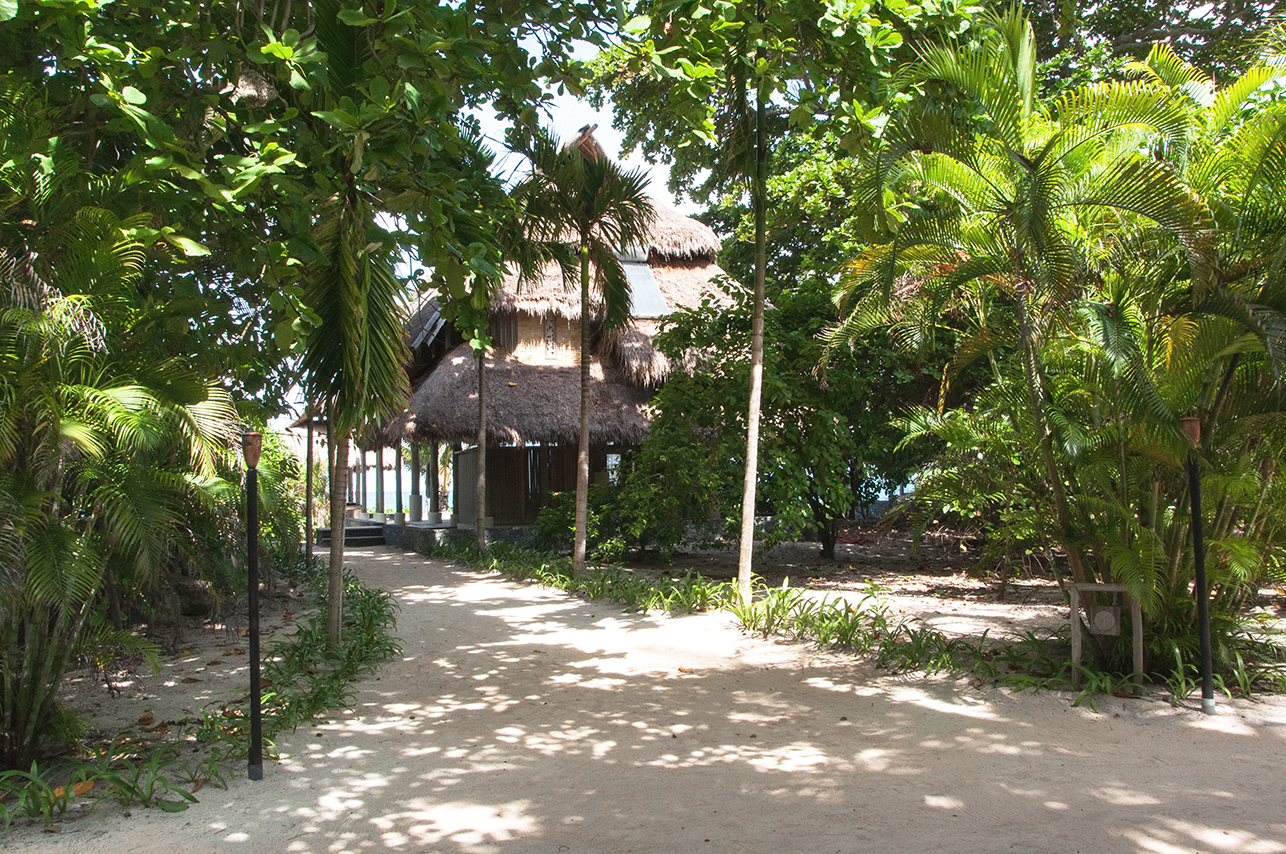
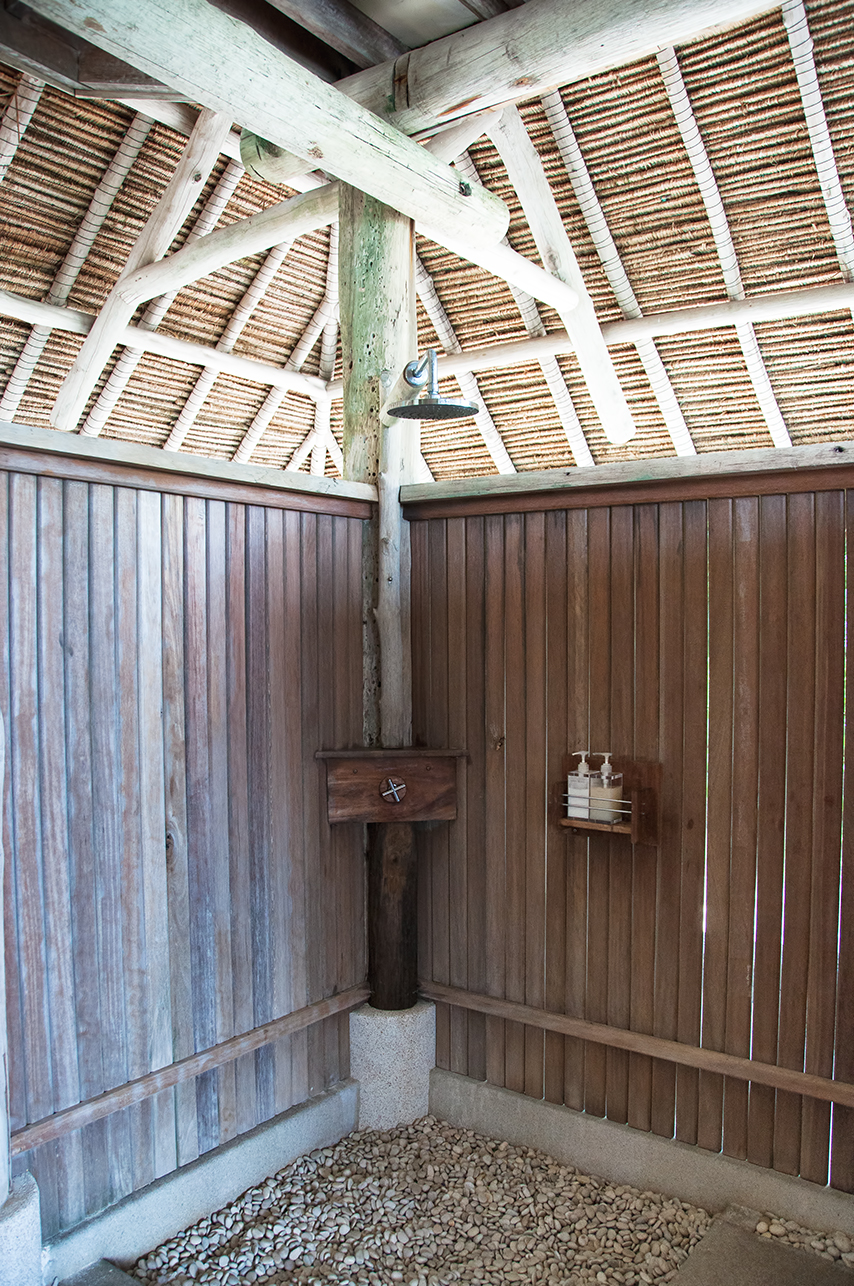
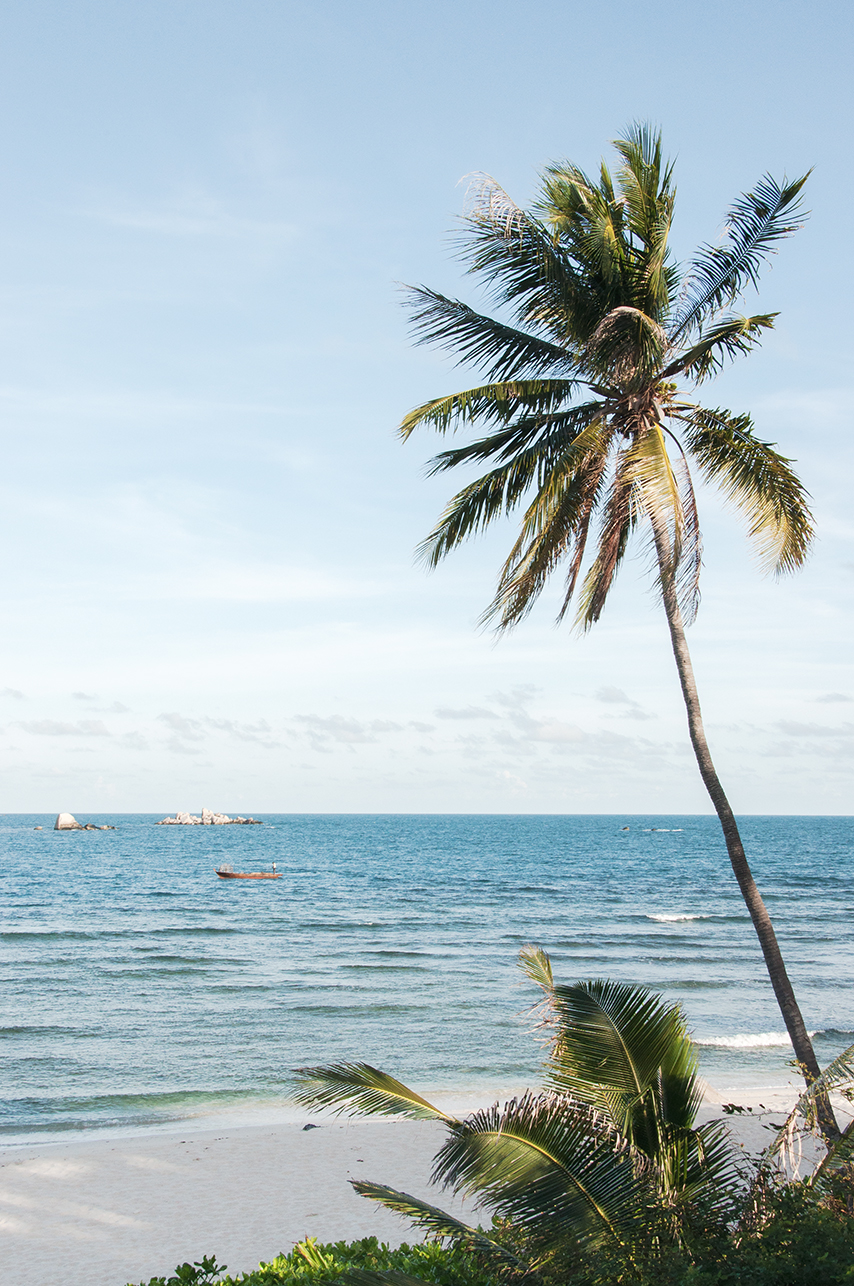
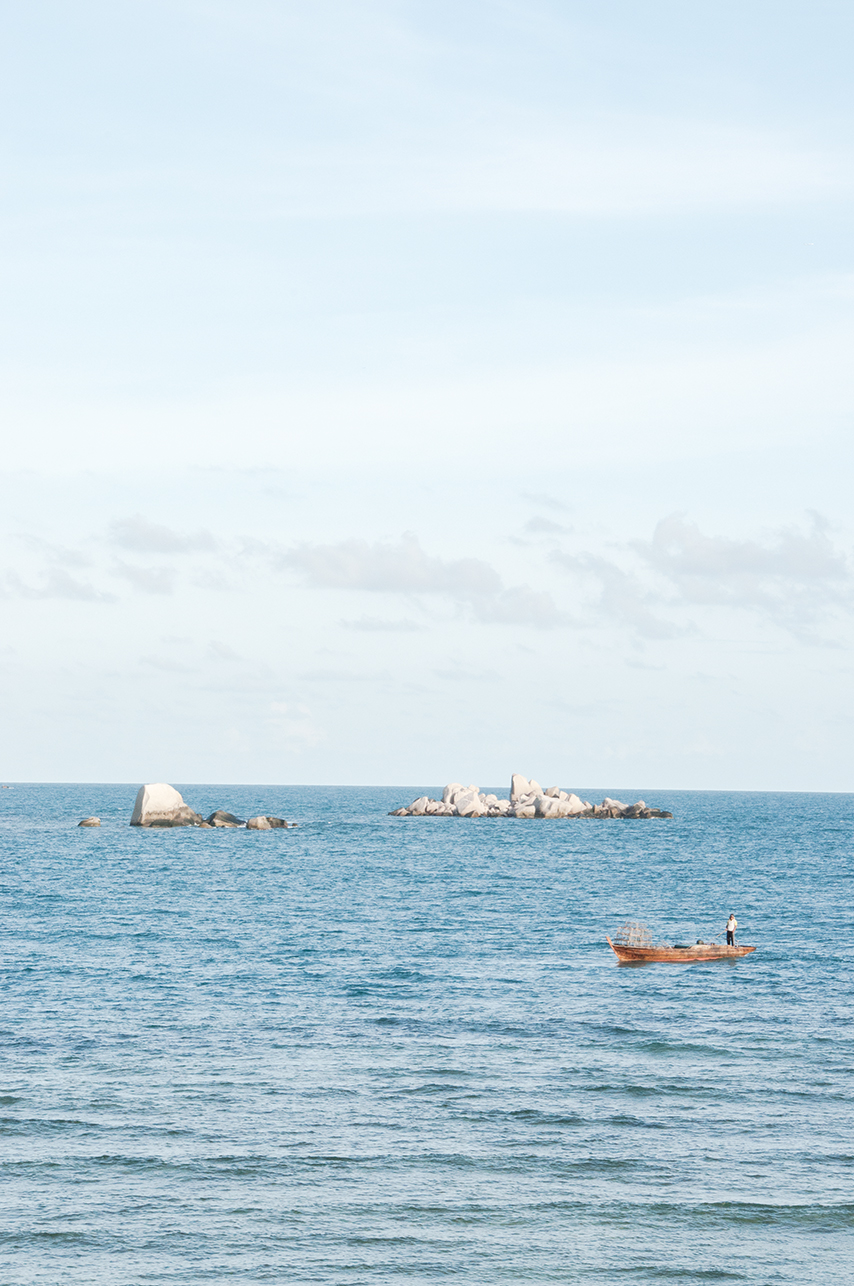
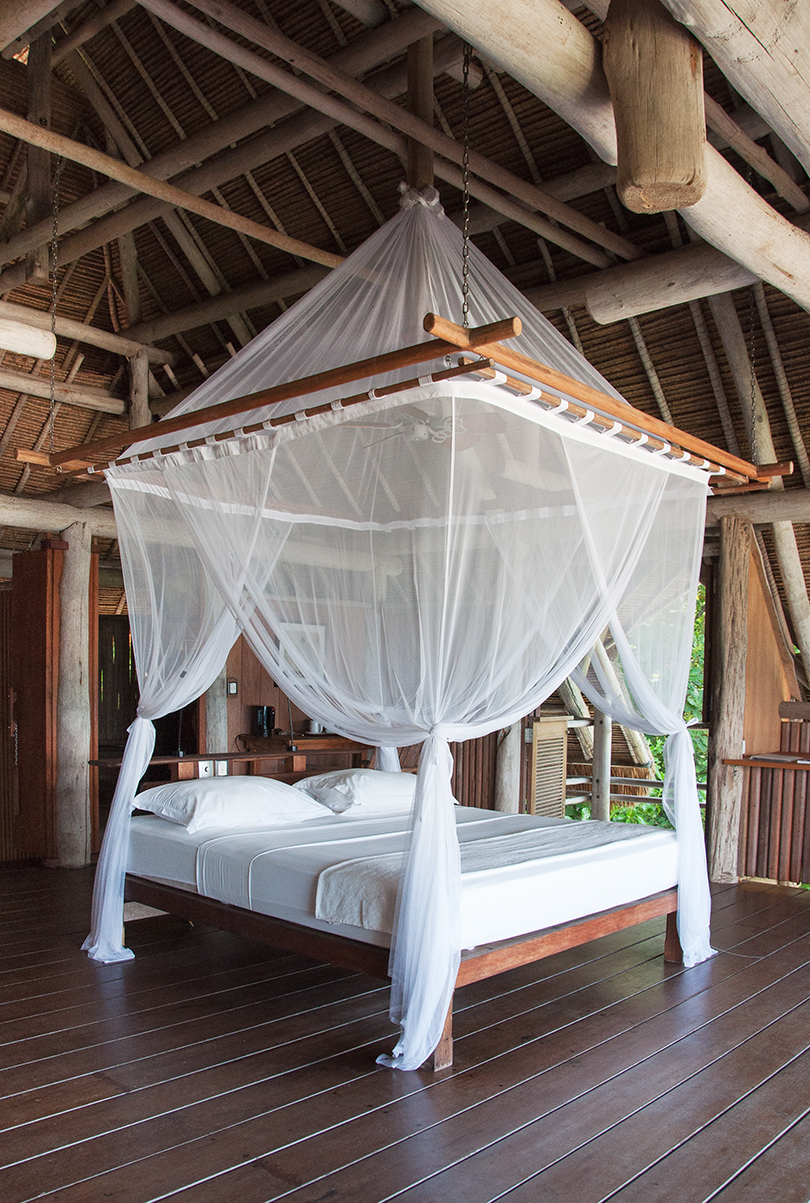
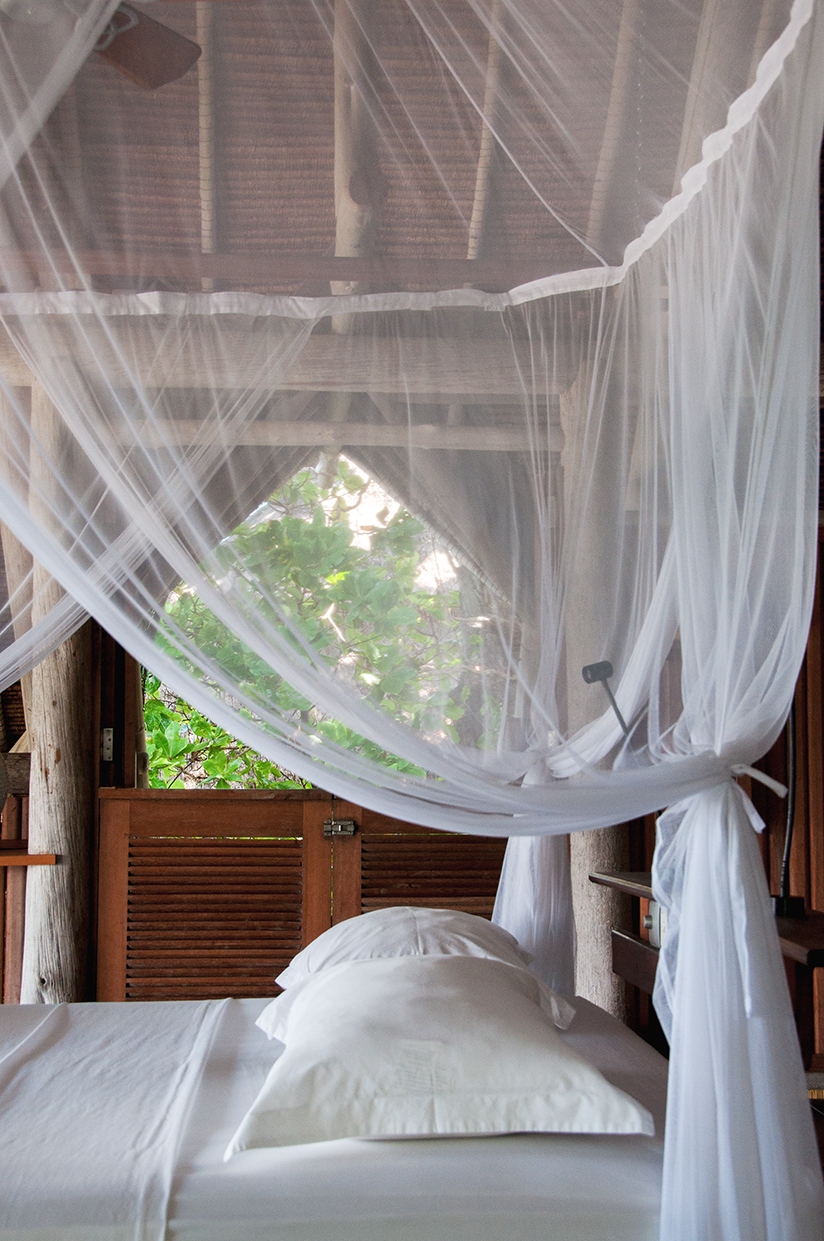
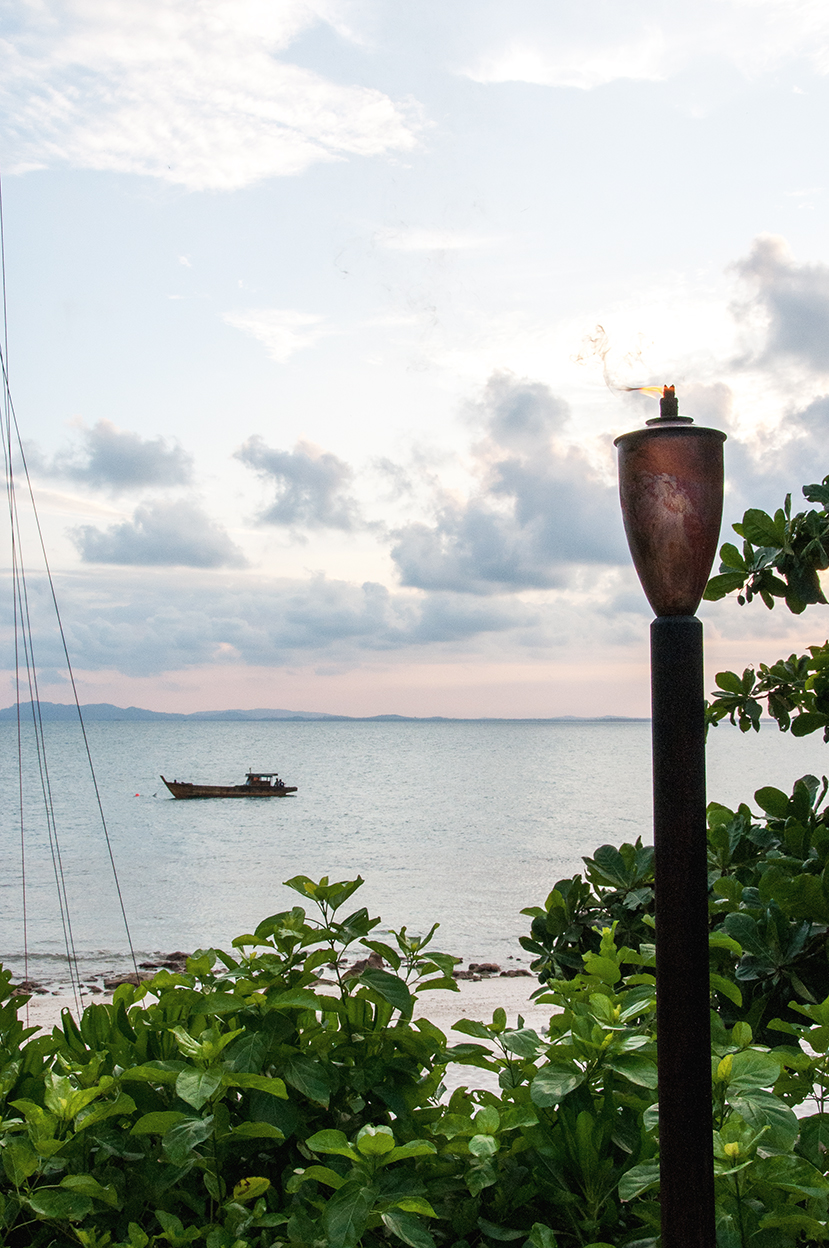





Etna Moments
Words by Ed Henry and Photographed by Renae Smith.
On an island off Italy’s boot you quickly learn that if it’s not Baroque, don’t fix it.
When you think of Sicily, what comes to mind?
The answers I received were split between those who hadn’t travelled there and those who had. The former would mumble something vague or hesitant - “it looks nice,” or “the birthplace of the Mafia right?”. The latter would gush a living eulogy for an island that captures the imagination and remains lodged there well after the holiday’s end. Now that I was visiting, I was suddenly a member of this club, the cognoscenti if you will. And in keeping with the island’s own warmth and generosity I will extend an invite, or provide a window at least, into this rocky triangular mass in the Mediterranean.
A whiff of context: Italy and I have history, from a grandfather who called it home to friends scattered across the North. I have had the privilege of seeing this country from many angles and so my objectivity is questionable. But this was my first jaunt to Sicily, and for my (much) better half, her first trip anywhere south of the Alps.
Sicily is a place that Italian mainlanders very consciously visit, such is the distinct identity that the island enjoys. Not forced, it is forged through the rich history that simply doesn’t exist anywhere else. Sicily is distinctly Italian, and the architecture and gastronomic traditions are on full display, alongside other axiomatically Italianate amusements. But it’s been combined and entwined with Greek flavours and Arabic influences, not to mention Spanish rule, and much more besides. I say this not to intimate a deep knowledge of the island but because it’s there for you to see, smell and taste. To the visitor more accustomed to the waterways of Venice or the sleek Milan cityscape, Sicily offers a warm, rugged and almost rough embrace.
Sicily, Italy
Trains do snake their way around the island, but your own set of wheels is thoroughly recommended. For a fully immersive experience, we plumped for a Fiat 500 (new model), but it wasn’t available, so they gave us one with a retractable roof. Oh fine, if you must. A less composed traveller would have squealed with excitement.
From Catania on the Ionian Sea we pointed the car north and meandered up the coast to our first base: Taormina, which is in no way defined by its undoubtedly touristy centre. We used the town as a launchpad for the surrounding area, and were handsomely rewarded. I do caveat that point, and indeed all of this article, by saying that we travelled in June. Intentionally so, as the temperature is a happy 30oC at this time of the year, rather than a sweltering 40oC plus. More crucially, we avoided the period between late July and the end of August which sees the mainland descend upon the island for tanning and indulgence.
Sicily, Italy
Once installed in our apartment (more immersive than a hotel), we spent days visiting nearby beaches, sunning ourselves on Spisone, sea kayaking around the grottoes and walking up Isola Bella. Later we trundled down the coast to Siracusa, a functioning commercial city. Whilst it does have spots for archeology enthusiasts, and some top eating experiences, the big draw is the historic centre, Ortigia. To be blunt, it’s stunning. An afternoon walking around Ortigia’s backstreets is sheer joy, the main square a deep white, dominated as it is by the Duomo - I didn’t think places like this existed anymore. Ortigia itself is an island off an island, so if you walk for much more than ten minutes in any direction you’ll come upon the azure abyss that surrounds it.
At this point you think you’re aesthetically there, at the apotheosis, and that you can relax with a cool beer. Not so, or Noto so - if you will. A winding 40 minutes’ drive away is Noto, which would scream UNESCO heritage site, if only it weren’t so tranquil. The cathedral gleams in the Mediterranean light, the numerous supporting cast of churches and palaces resplendent under the sun. It’s a visual feast, and if you’re into architecture, it will probably satisfy more needs besides.
The best way to wind down from such an experience is to step into one of the local ice cream shops. Not just any gelateria, mind. Where do you think the best gelato is? That place in Soho? Don’t joke. San Crispino in Rome? It’s up there. But the number one and number two are within 50 metres of each other in Noto. A locale called Caffè Sicilia sounds like a tourist trap, but it’s not. It does to your mouth what the rest of the town does to your eyes. I’ll leave it there, and say to you go. Go.
The inner island is matched in beauty by what you find on the coast - picturesque beaches lapped by clear blue waters. They all deserve a mention, but only one gets that honour. Riserva Naturale Orientata Oasi Faunistica di Vendicari, as the names suggests, is a nature reserve, one where you can walk through ancient ruins, jump (cautiously) from rocks into the cooling waves below, or tiring of that, find your own spot on the pristine stretch of coastline.
Sicily, Italy
Subsumed in the beauty of the landscape, we avoided Sicily’s cities apart from a brief drive through Catania. This city has more to offer than suicidal driving, but it’s a different trip. Its vibe is long weekend, not a week unwinding in the sun. The single greatest thing about the city however, is the elephant in the room of this piece so far. Mount Etna, which stands behind Catania, dominates the skyline up and down much of the coast, which means that you can have your own Etna moment no matter where you are as it’s visible from, well, everywhere. The classic way to take it in is from the amphitheatre in Taormina, although others prefer to see it in contrast with Catania’s urban grit. We found our Etna moment when looking down at the valleys and beaches from picture- perfect Castelmola, a hilltop town you wouldn’t believe existed until you saw it. The only thing towering over us? Etna herself. The millennial traveller is accustomed to mountains, au fait with tropical climate and quite frankly used to white sand. A volcano is a treasure of nature not often seen. If you leave Sicily in any doubt, you won’t arrive home with it; as the plane climbs into the sky it skims Etna just above her peak.
The food. Oh yes. I’ve saved the food for the end so as to contain it, for memories of my trip, as with much of life, are marked, or should that be stained, by what I ate at the time. The food here excites and subverts and is as much of an experience as any of the vistas. You farewell Sicily with a new found love of aubergines, you’ll remember how wonderful tomatoes can actually taste and best of all, you’ll discover that fish needn’t be dry, bland and deep-fried.
Sicilian food is independent of mainland Italian cuisine. The two styles are not unrelated, but think of Sicilian food as a proud cousin. The same historical and imperial forces responsible for Sicily’s formation, have brought similar import to its cuisine. This is not to say that classical Italian strands are not evident: my travelling companion’s dish of the tour was the definitive Pasta alla Norma served at La Piazzetta in Taormina. Named after the work of one of Catania’s most famous sons, this dish became almost a standard for restaurants up and down the east coast.
Not every meal can be indulged in print, but it would be remiss not to pull out a couple of highlights. Osteria da Carlo was a gem hidden in Ortigia. We had the legendary six- course fish menu, for the grand sum of €35, washed down with the best bottle of €5 house plonk I’ve ever swilled. If it swam in the sea nearby, then it was on that menu. You order sea bass, and not one, but two of the fullest, freshest fillets turn up, naturally served in the juice of the finest fruit Sicily has on land: lemon.
Flavours on the island, like the setting, shall not date. Consistency, textures, even viscosity are all different, all exciting. Entirely Sicilian. As Sicily’s perhaps most prominent literary son, Giovani di Lampedusa, proffered: “Sicily is Sicily - 1860, earlier, forever”. Long may she be, and proudly too. More’s the better for me, as I will be back soon.
Sicily, Italy
Sicily, Italy
Sicily, Italy
Tom Bunning
 We met Tom Bunning in a coffee shop in South London where he greeted us with coffee and a portfolio. Understandably, we fell instantly in love with his photographed world, made up of etherial landscapes that play with light and scale and intimate portraits that capture the sitter's soul in the most artful way possible. We just had to chat to him about what makes his work so easy to get completely lost within.
We met Tom Bunning in a coffee shop in South London where he greeted us with coffee and a portfolio. Understandably, we fell instantly in love with his photographed world, made up of etherial landscapes that play with light and scale and intimate portraits that capture the sitter's soul in the most artful way possible. We just had to chat to him about what makes his work so easy to get completely lost within.
What do you love about photography?
Where to start. I think I love a photo’s ability to transport the viewer: be it back to a special memory; forward to a place they’d love to visit, or to give a glimpse into a person’s mind. But in less romantic terms, I’m basically a lazy painter. If I found that wielding a paintbrush gave me as much immediate pleasure as taking a photo does I’d probably be trying to do that now, probably rather badly. For me the greatest pleasure right now is to be able to earn a living doing something that I love. Fingers crossed that continues. I also really enjoy seeing other photographers’ work. I feel part of a community of like-minded souls, all of us trying to create something meaningful or beautiful or interesting, using photography to try to make sense of our world.
Can you remember the first photograph you took?
I don’t think I can remember the first photo I took, but I can definitely remember an early view that inspired me to take pictures. I grew up in a very small village in Suffolk, our home was surrounded by fields and the view from my bedroom window was of a giant oak tree set in the centre of a field. All year round I’d watch the colours of the landscape change and in the summer the old proud oak would stand tall in the centre of a bright yellow square of rapeseed flowers, the small window providing a perfectly framed photograph in my mind’s eye.
What inspires your work?
My inspirations have changed over the years I’ve been growing - both as a photographer and as a person. When I seriously started trying to take pictures for a living I was working at Abbey Road Music Studios (it sounds glamorous but I was mostly in a dark room QCing music videos!) so my early work was definitely inspired by rock and roll. I had several great years of shooting live gigs, taking portraits of musicians and touring with bands, interspersed with fashion work, which I think went hand-in-hand quite naturally. In recent years I think I’ve become earthier, more inspired by the natural world if you like, and I think this change in personal perspective has affected what I’m inspired to shoot professionally. One of my current projects is entitled Crafted and is a series of photos documenting and celebrating those in Britain who make the small, the hand-crafted and the individual. I’ve always been interested in England’s landscape and heritage and I suppose Crafted is an extension of this interest, focusing in closer on the personal aspect of our environment. On the flip-side, as my commercial work increasingly takes me further around the world, I’ve been enjoying capturing foreign landscapes.
How would you define your style?
I’m still developing as a photographer and my style will continue to change over the years but I like to think it’s honest, clean and simple. I don’t like to over-process or over-edit my shots and I always try to get what’s on the back of the camera as close to how I want it before it gets to the editing stage. Of course some clients know exactly what they’re after in terms of a feel or look of a shot and when that’s the case I think you have to find the balance between your personal style and their needs - always a challenge but a fantastic one. I recently had a great meeting with an agency and they described my work as having a ‘very gentle approach’ which was a lovely thing to hear.
Does travel influence your work in any way?
As I touched on above, it has done much more so recently. My commercial work over the last year or so has taken me around the world to all sorts of incredible places, from Seoul to Islay, from Vietnam to New York, Kuala Lumpur to LA, among others - although I should say that amidst all this excitement I’ve had many shoots in dirty parts of London to keep my feet on the ground! I think the thing about travelling for me is that as a full-time Londoner, living and working in the fast lane, being away gives me an opportunity to expand my view of the world and gives me time to see things I probably miss at home. Something that seems very ordinary to locals can look extraordinary through a foreigner’s eyes.
Has there been a particularly memorable project either past or present?
I would have to say my ‘Death Valley’ series from earlier this year, wonderfully displayed here by your good selves! One of my current gigs is working with David Beckham and his team for Haig Club Whisky which has been an absolute pleasure. In the grey depths of January I flew to the sunshine state for a promotional shoot for Haig. The shoot was only for the day but it would have been rude not to make the most of it so my assistant Danny and I stayed out there for a week, hired a car and took a road-trip from LA to Vegas via Death Valley where I spent several days shooting a series of landscapes. An absolute dream trip. The colours and expanse of the landscape out there were so rich and photogenic and I’m really pleased with the results.
What is your dream subject?
That’s a tricky one. In terms of humans I love photographing interesting faces, be they young, old or in-between. I’d love to turn my lens on someone like John Hurt or Morgan Freeman but equally so on a sheep-farmer or a dress-maker. Landscape-wise I have a real hankering to go to Iceland. I don’t have much experience of working with such a cold clear environment and, having recently invested in the new PhaseOne IQ250, I’d love to get out there with it and see what I can capture. My ultimate goal is to bring the two main aspects of my work closer together, working on location to take portraits of interesting subjects, set in interesting environments.
Where can we see more of your work?
I’ve recently had my new book made, by Cathy Robert at Delta Design who’s done a wonderful job, so I’m in the process of making appointments with agencies. Much of my recent work is showcased on my site at www.tombunning.com. I plan to exhibit the Crafted series next year in London so look out for that.
“You don't make a photograph just with a camera. You bring to the act of photography all the pictures you have seen, the books you have read, the music you have heard, the people you have loved.” ― Ansel Adams












































Celebrating Cecil Beaton at Wales’ Hawarden Estate.